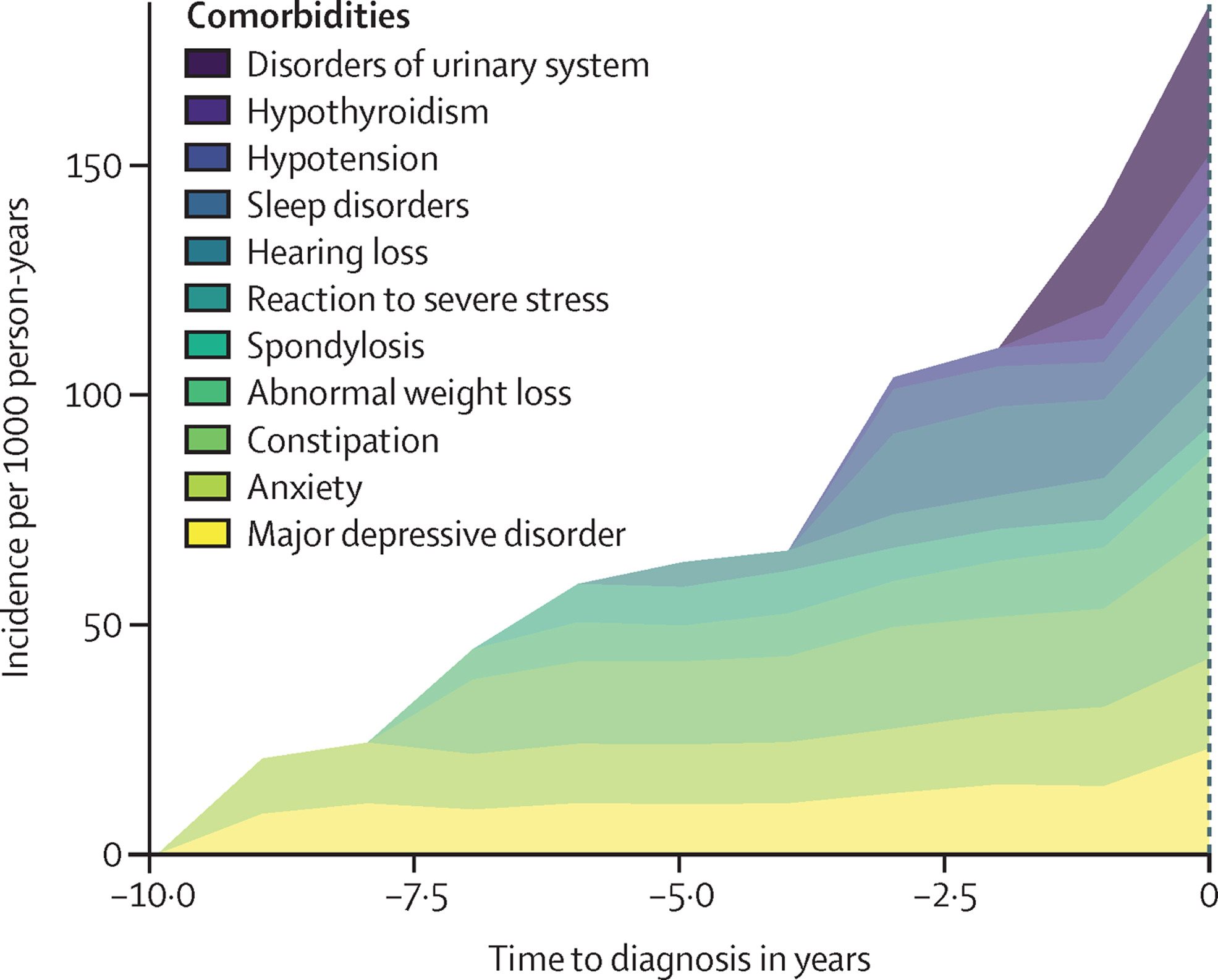A Comment on the unfolding health and humanitarian crisis due to the conflict in Ukraine, in the context of SDGs 3 and 16, focusing specifically on providing palliative care, alleviating suffering, and dignifying death in the context of armed conflicts.
Introduction: Limited research has explored the influence of commuting on expectant mother's health and well-being and how expectant mothers can be supported during their commute. The present study aimed to identify the impact of commuting during pregnancy on women's physical and mental health. Further, the effectiveness of Transport for London's baby-on-board badge was explored. Method: This was a mixed-method study. An online survey of 295 participants over the age of 18 years was conducted to explore their views on commuting and the effectiveness of the baby-on-board badge.
Nanomedical Drug Delivery for Neurodegenerative Diseases, 2022, Pages 17-39
This book chapter advances SDG #3 and #10 by presenting drug delivery systems based on nanotechnology to treat Alzheimer’s disease.
Nanomedical Drug Delivery for Neurodegenerative Diseases, 2022, Pages 223-242
This book chapter advances SDG #3 and #10 by highlighting a few newly updated nano drug delivery technologies implemented in Alzheimer’s disease therapies and prospects for the future regarding potential molecular mechanisms of nano drug delivery methods
Background: A few studies have reported an increased risk of birth defects (BD) with maternal exposure to nitrate in drinking water. We examined this association in a large cohort study with well-characterized exposure. Methods: Danish singletons liveborn to Danish-born parents from 1991–2013 were identified using civil and patient registries (n=1,018,914). Exposure to nitrate was estimated using a spatial model based on national data linked with individual addresses. Odds ratios (OR) and 95% confidence intervals (95% CI) were estimated using logistic regression.
A News article on the unfolding health and humanitarian crisis due to the conflict in Ukraine, in the context of SDGs 3 and 16, focusing specifically on the health of displaced citizens.
Do immigrants suffer extra mental health problems? Is there a way to improve the mental health of first and second generation immigrants?
An article on Alzheimer's disease risk, in the context of SDG 3, focusing specifically on the association between health conditions diagnosed in primary care and incident Alzheimer's disease.
An article on air pollution and cognitive decline, in the context of SDGs 3 and 11, focusing specifically on the association between exposure to outdoor air pollutants and cognitive performance.
This article addresses ways to share the burden of care for those with dementia.


